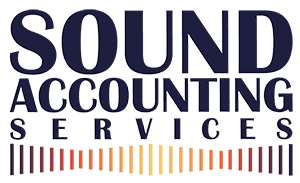Changes to the VAT place of supply rules in 2019 will make life easier for thousands of businesses, but increase complexity for others. What’s the full story?
EU sales. The new rules, which apply from January 2019, aim to simplify the VATposition where you sell digital products, e.g. publications, to non-business customers who live in the EU. Currently, this type of sale is treated as if made in the other EU country where your customer lives. That means you must register and account for VAT in each country or use HMRC’s mini one stop shop (MOSS) scheme (see The next step ). The latter is usually a far simpler option.
Changes. From 1 January 2019 if the sales are no more than €10,000 (£8,818) (before VAT) the place of supply is the UK instead of the country where the customer lives. This means if the value of your supplies doesn’t exceed the threshold you won’t need toaccount for VAT in the other EU country or use MOSS. Instead, if you’re UK VATregistered, you must charge UK VAT.
New rule in practice. Where the total value of the sales affected for the previous calendar year is no more than £8,818, the new rules don’t apply until sales in the current year exceed the limit.
Example. In 2018 Acom Ltd’s sales of digital supplies in other EU countries were £7,500, and between 1 January 2019 and 31 July 2019, £8,700. It must charge UK VATon these. On 2 August Acom makes a sale to a non-business customer in the EU of £150. When added to the other sales in 2019 the threshold is exceeded. It must account for VAT on the £150 and future sales in the other EU country, or use MOSS.
Tip. To avoid having to chop and change VAT treatment of sales and registrations you can make an election to disapply the new rules in the year of the election and the next two (see The next step ).
Reproduced with the permission of Indicator – FL Memo Limited. For subscription information call 01233 653500;
